
Revolutionizing Neuropsychological Diagnosis with Gaze Tracking: A Collaborative Breakthrough
Gaze Tracking Accuracy
Diagnosis Time
INTRODUCTION
Assistive medical technology is essential in diagnosing complex neuropsychological disorders, helping medical practitioners conduct cognitive tests and reduce the time taken to treat affected individuals. Many such diagnosis require expensive equipment or substantial time to complete, affecting patients and care givers. Lets take the example of paraedolia, a condition due to which people see recognisable patterns such as faces or shapes in unrelated objects or surroundings. Doctors can diagnose a person with paraedolia, by observing the movement of their eye balls when subjected to visual stimulus. This movement, as a response to visual stimulus, would be very different from the response provided by an unaffected person. And, this difference in response serves as the basis for medical diagnosis of neuropsychological ailments, extending the scope of diagnosis to conditions such as Dementia, Alzheimer’s and more. Neuroscientists such as Dr Gajanan started exploring technological solutions that could not only improve diagnosis efficiency but also help the treat such individuals faster than current modalities.
Industry
healthcare
Time Frame
1 year
Services we offered
Mobile App Developement, Gaze Tracking Model
Problems at Hand
Despite technological developments, carrying out such diagnoses has been challenging for a multitude of reasons. Medical professionals need to spend a minimum of 45 minutes to an hour conducting cognitive tests to arrive at a substantiated diagnosis. Additionally, these cognitive tests are technology-intensive, requiring expensive tools for efficient diagnosis. Simply put, medical practitioners could not treat patients effectively or at the intended pace, affecting the overall remediation process.
These problems were apparent to a veteran (who remains anonymous) in the medical sciences at Osaka University, Japan, who had hypothesized and devised an alternative with which medical professionals could easily diagnose such neuropsychological disorders by simply observing the movement of a person's eyeballs. When subjected to something as simple as a smartphone screen displaying rudimentary information, the way a normal person looks at the screen versus an affected person offers invaluable insights into the diagnosis of neuropsychological disorders. The movement of the eyeballs when looking at the screen differs greatly between an affected person and an unaffected person, as observed by the front-facing camera of the smartphone that is turned on during this procedure. Dr. Gajanan, another exceptional researcher at Osaka University who worked alongside the aforementioned veteran genius, wanted to bring this hypothesis to the rest of the world. After exploring numerous technological partners to bring this solution to fruition, Dr. Gajanan ultimately met with engineers at Codemonk who rose to the challenge of materializing this hypothesis, pushing the boundaries of how neuropsychological disorders, such as Alzheimer's, can be diagnosed more effectively.
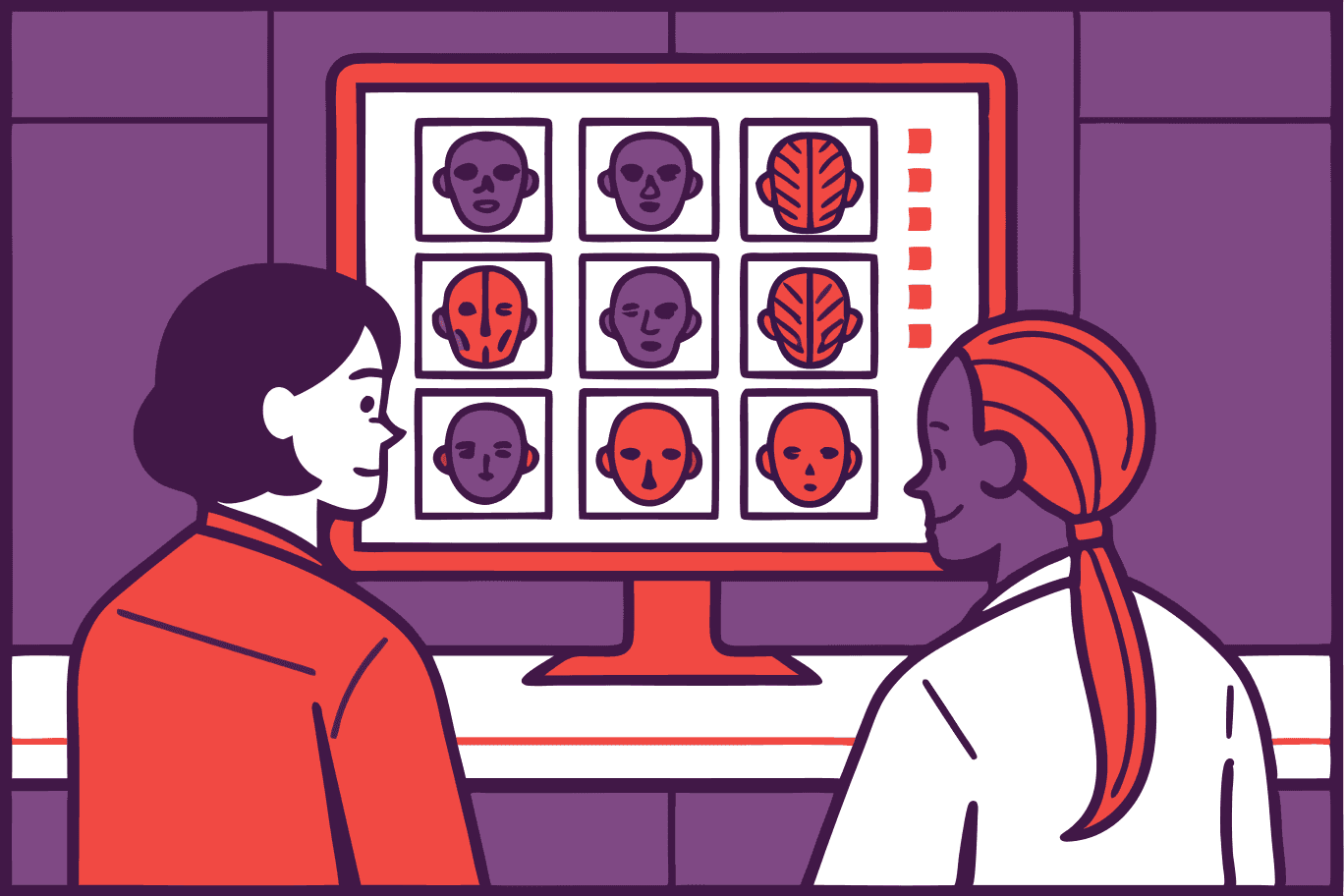
The Beginning: The Need for Accurate Gaze-Tracking Technology
The collaboration was initially seeded through conversations with Dr. Gajanan, an expert in neuropsychology, after experiencing subpar partnerships in previous attempts to develop gaze-tracking technology. He sought a solution that was scalable and cost-effective, with a focus on gaze tracking as a diagnostic tool for neuropsychological conditions. His goal was simple: improving the accuracy of this technological hypothesis without relying on expensive hardware.
Codemonk stepped in, building a gaze-tracking solution that didn't require specialized hardware but instead focused on a software-driven approach. This approach was both scalable and cost-effective—key for broader adoption in diverse settings, such as rural healthcare or clinics with limited budgets.
The Core Technology: Precision and Scalability
From the outset, the team was tasked with overcoming several technical challenges. One of the primary objectives was ensuring that the error margin in tracking eye movements remained under 1.5 centimeters—no easy feat when considering the vast differences in human eye shapes, sizes, and colors. Furthermore, the human anatomy of individuals from different parts of the world, specifically the facial structure, structure of the eyes, and movement of their eyeballs, changed the results of the gaze-tracking solution substantially.
Unlike hardware-heavy solutions provided by previous developers who worked with Dr. Gajanan, which required external IR cameras and other costly peripherals, Codemonk focused on a software-centric method.
This innovation allowed for broader application across multiple industries, but its most compelling use case emerged in healthcare, where it could serve as a powerful tool for diagnosing cognitive decline.

From Paper to Digital - Streamlining Medical Testing
The conventional pen-and-paper neuropsychological tests are time-consuming, often taking 40 minutes to an hour for patients to complete. Codemonk aimed to digitize this process, reducing the duration of each test to just 15-20 minutes while maintaining or surpassing the accuracy of traditional methods. In fact, their digital solution—tested across multiple hospitals in Osaka—proved more accurate than the pen-and-paper tests, reducing both the time and cost associated with neuropsychological diagnostics.
Pattern Recognition - A Breakthrough in Alzheimer's Diagnosis
A significant aspect of the collaboration's gaze-tracking technology lies in its application to diagnosing Alzheimer's disease and similar cognitive disorders. Patients are shown a series of images, some containing hidden patterns or faces. Healthy individuals typically recognize faces only where they are present, while those with cognitive impairments often see patterns where none exist—a phenomenon known as pareidolia. This insight has proven to be a key differentiator in identifying early signs of neuropsychological decline.
By integrating gaze-tracking data with other patient inputs—such as speech patterns, short-term memory recall, and demographic information—Codemonk created a machine-learning algorithm that predicts a patient's likelihood of developing a cognitive disorder. This automated classifier takes into account multiple factors, providing doctors with a comprehensive tool to make more informed decisions.
Global Expansion
Following the success of the initial phase of trials in Osaka, the collaboration expanded to involve more participants, including patients with diagnosed conditions like Alzheimer's and a control group of healthy individuals.
Unmatched Adaptability
The software is designed to adapt to the specific needs of different populations, such as Japanese individuals, whose smaller eye shapes required specific fine-tuning to ensure the accuracy of the gaze-tracking data.
Diagnosis Time
The results of these trials, which involved over 100 participants, were promising. They helped medical practitioners bring down the diagnosis time to just 20 mins using a smartphone
Multi-lingual UI
The team is preparing for broader clinical trials in India, where the solution will be adapted to support multiple languages, including Kannada, Marathi, and Hindi.
Gaze Tracking Accuracy
Diagnosis Time
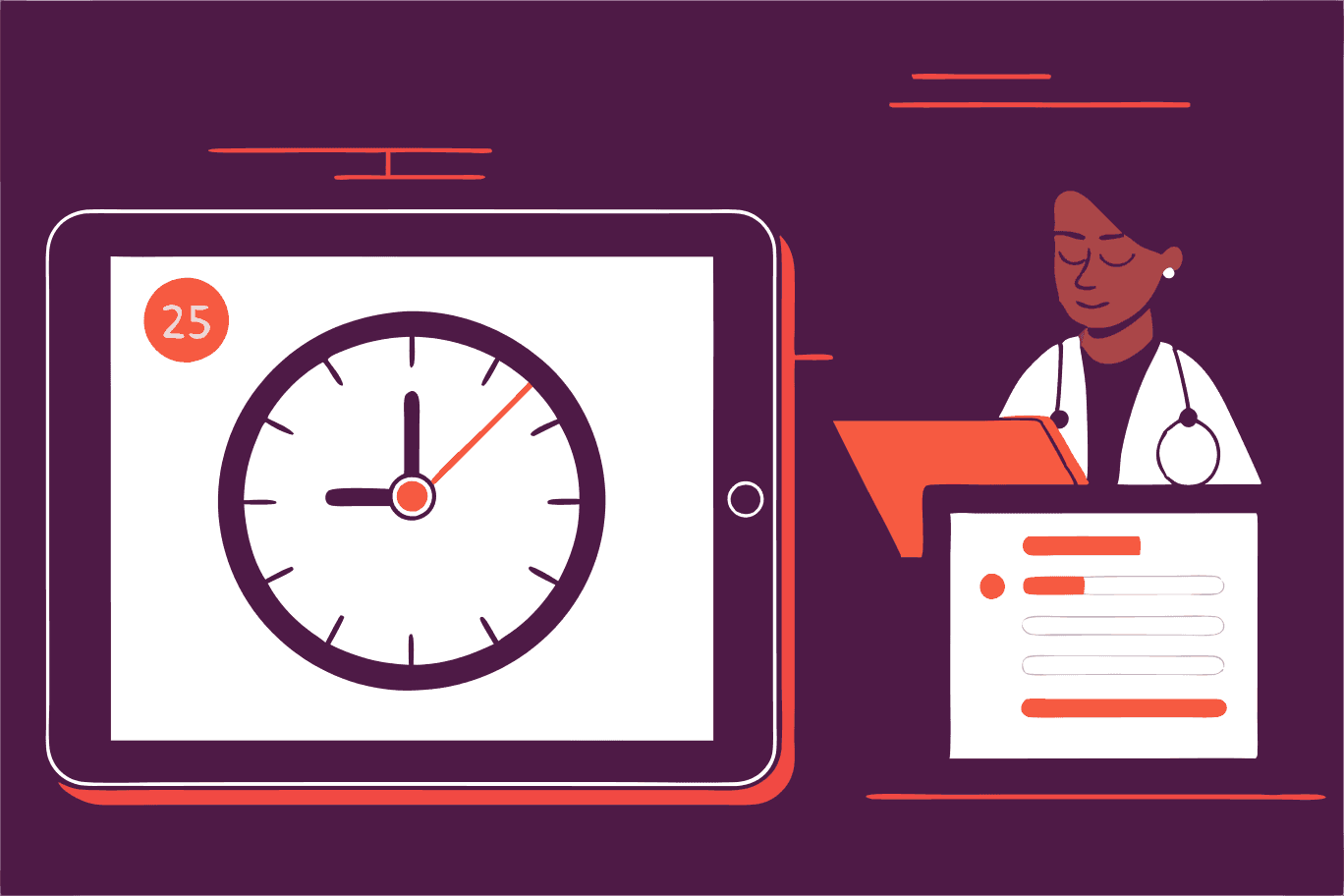
My vision was to bring out this idea was born in Japan to the rest of the world, providing healthcare practitioners with an easier, much more accessible solution to diagnosing Neuropsychological Condition.
Codemonk exceeded my expectations, turning my app idea into a reality with exceptional innovation. Their ability to recognize both their strengths and areas for learning, coupled with their commitment to finding solutions has been impressive. They give deliverables on time and are ready with backup plans proactively. Very professional and dedicated folks!
Read More Case Studies
Check out more Codemonk projects & success stories
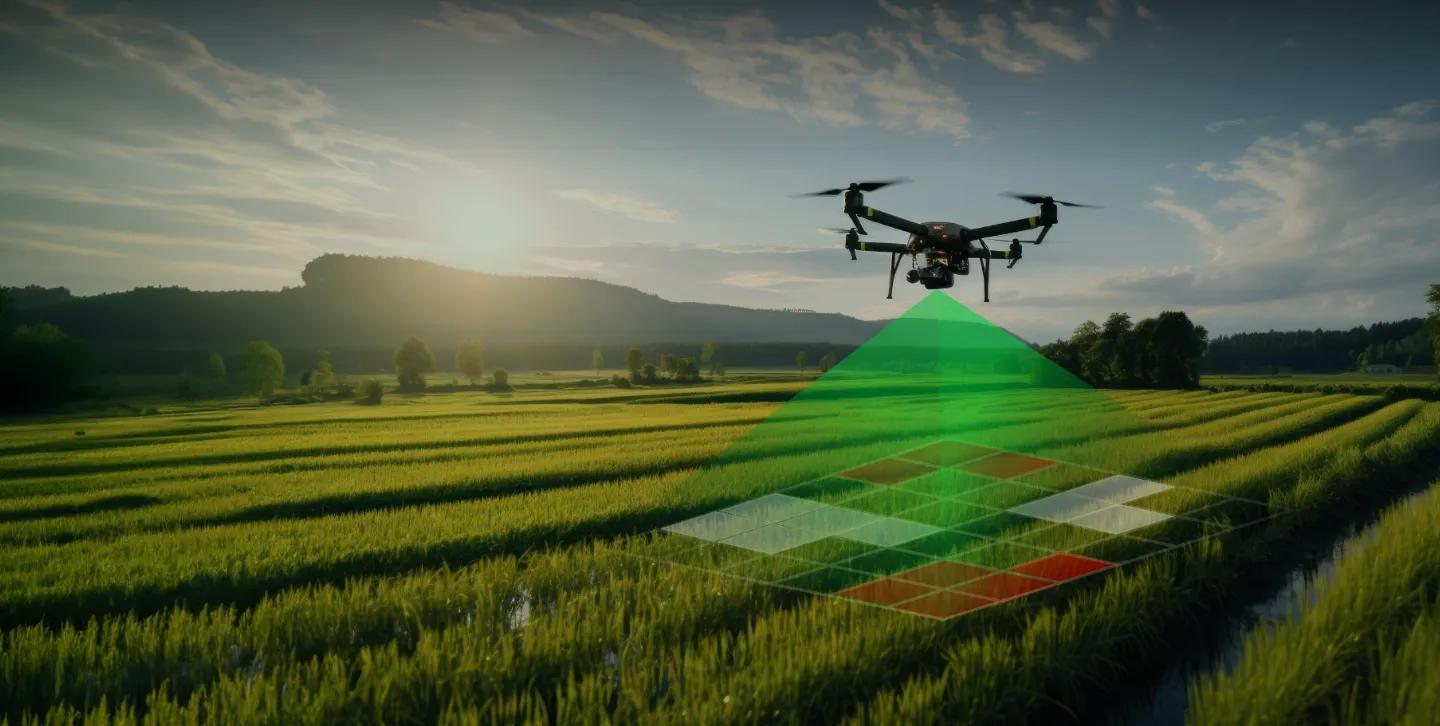
DRONETECH
Raw Pixels to Actionable Insights: Transforming Drone Data Analytics for Skylark Drones
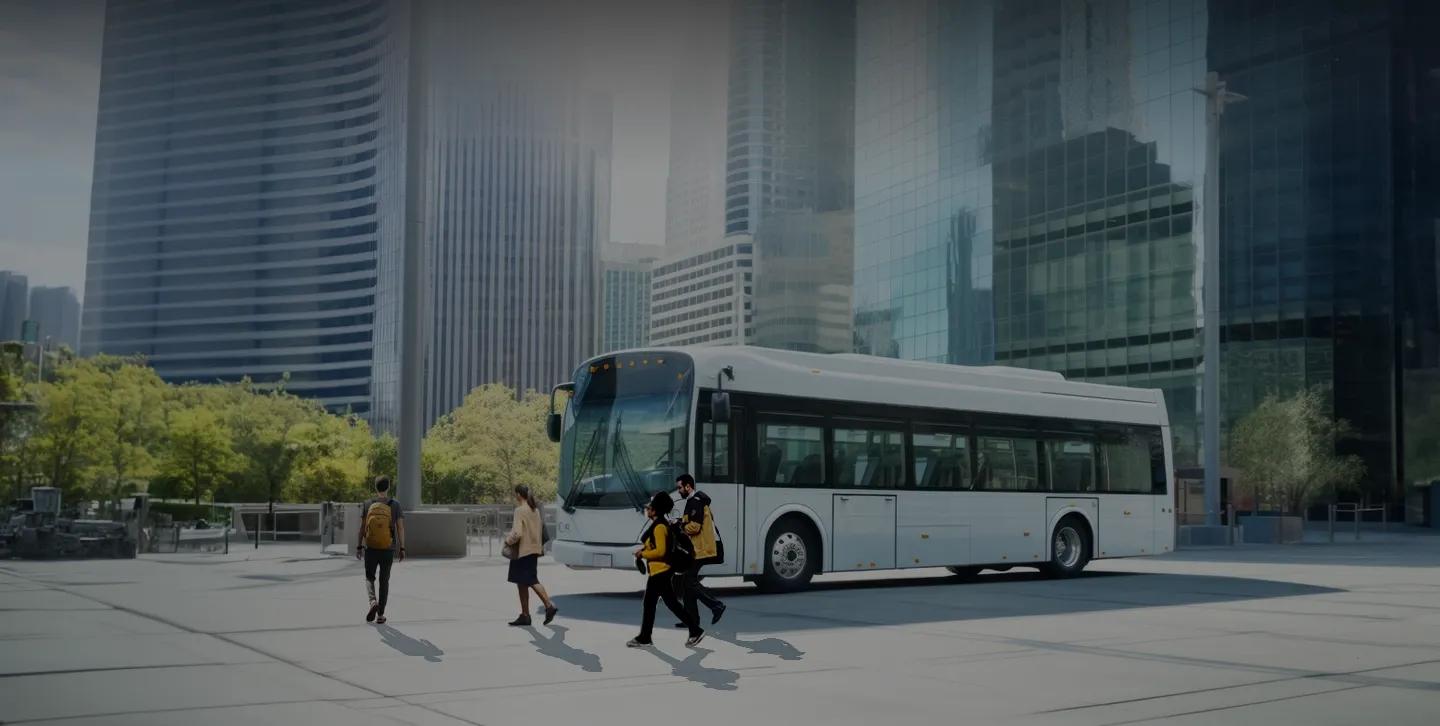
FMCG
Safeguarding Commuter Safety: Real-Time Bus Monitoring for Fortune 500 Company
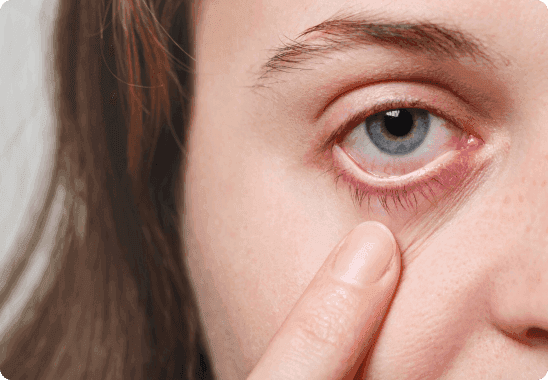
HEALTHTECH
Scaling Up Anemia Detection: A Cost-Effective and Accessible Approach